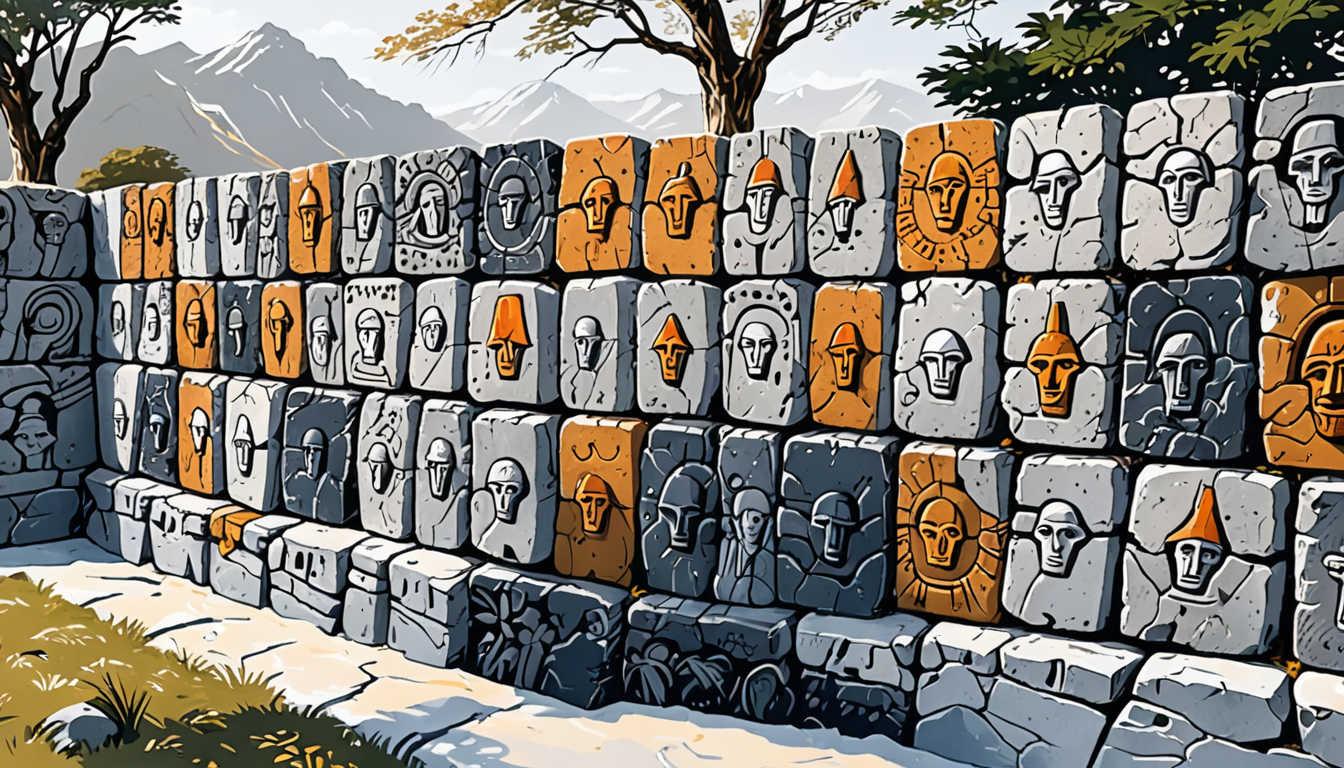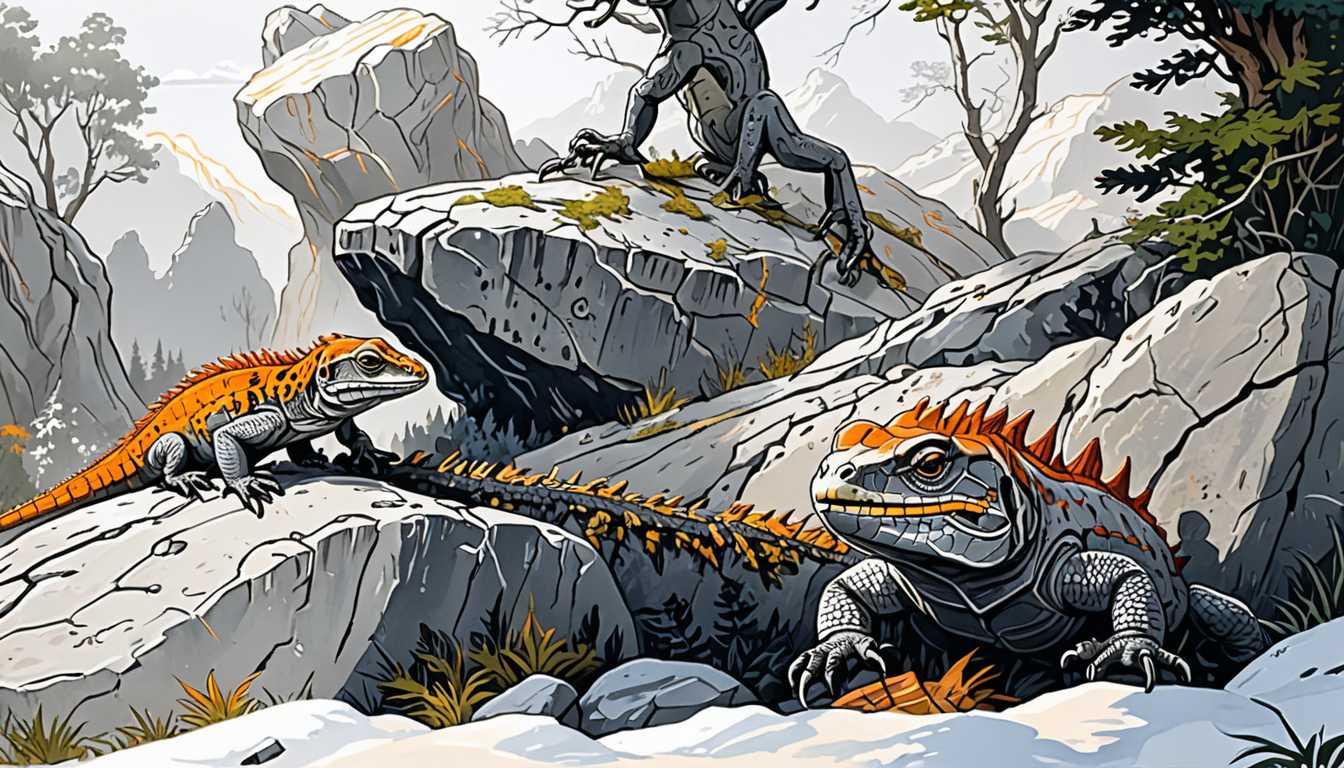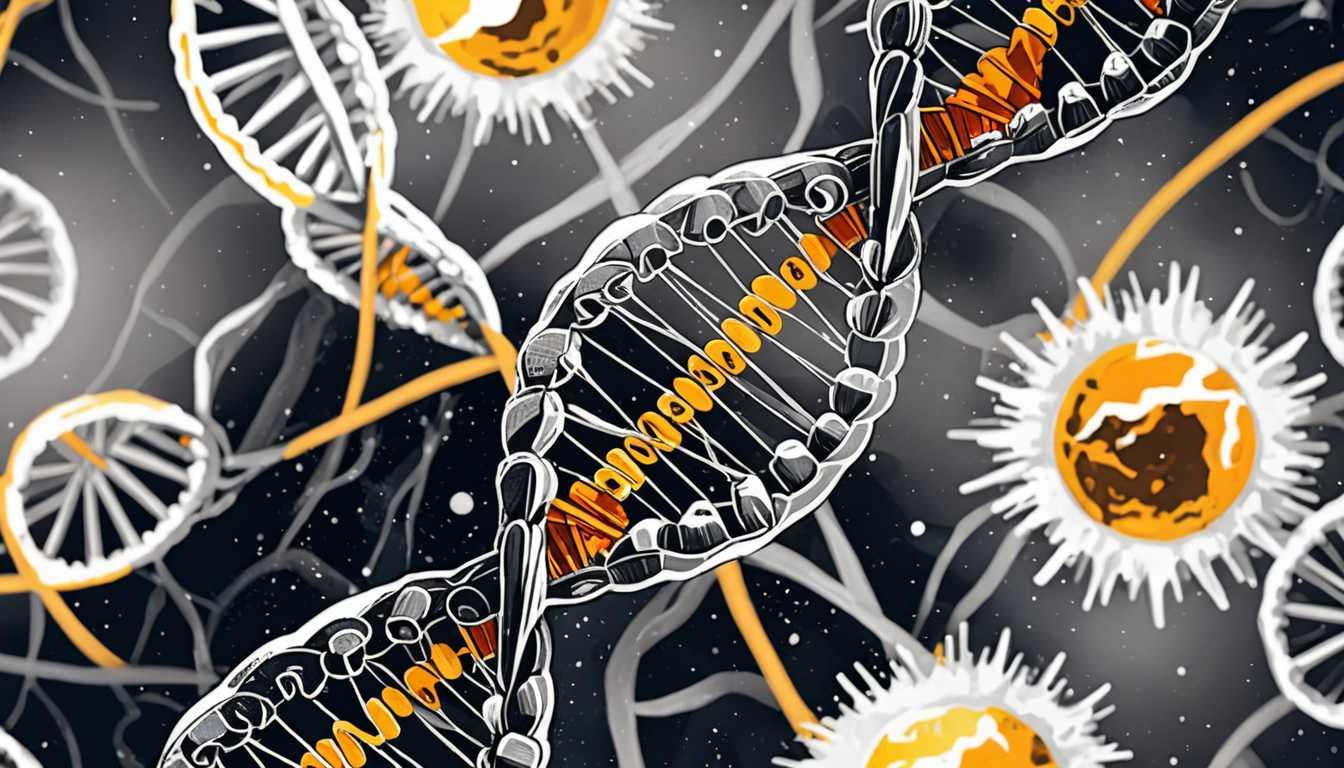Rosalind Franklin: Unveiled Genius
April 2023
Smithsonian Magazine
Introduction
Dive into the untold story of Rosalind Franklin's pivotal role in the discovery of DNA's double helix structure, as revealed by Smithsonian Magazine. This article peels back the layers of history, challenging the narrative of scientific triumph to spotlight Franklin's overshadowed contributions and the controversies surrounding them. It's a tale of brilliance, betrayal, and the quest for recognition in the face of sexism and scientific rivalry. Ready to uncover the truth behind one of biology's biggest breakthroughs?
READ FULL ARTICLEWhy It Matters
Discover how this topic shapes your world and future
Unraveling the Twists and Turns of Discovery
Imagine standing on the edge of uncovering something that could change how we understand life itself, and then not getting the credit you deserve. This is the story of Rosalind Franklin, a brilliant scientist whose work was pivotal in discovering the DNA's double helix structure. Understanding her story is not just about correcting a historical oversight; it’s about recognizing the importance of giving credit where it’s due, understanding the ethical dimensions of scientific research, and appreciating the collaborative nature of scientific discoveries. For you, it's a window into the complexities of the scientific world, showing that behind every textbook diagram and every celebrated discovery, there are human stories, ethical dilemmas, and a web of contributions that deserve recognition. This tale is a reminder that science is not just about cold facts; it's about people, ethics, and the quest for knowledge, which you are a part of.
Speak like a Scholar
Double Helix
The structure of DNA, which looks like a twisted ladder. Each step of the ladder is made of two molecules that pair together.
X-ray Crystallography
A technique used to see the tiny details of molecular structures, like DNA, by scattering X-rays off the crystal form of the molecule.
Ethical Dilemma
A situation where a person has to choose between two options, neither of which resolves the situation in an ethically acceptable manner.
Collaboration
Working together with others to create or discover something. In science, this often means combining knowledge from different fields to solve a problem.
Recognition
Giving credit to someone for their contributions or achievements. In the scientific community, this can influence careers, funding, and historical legacy.
Literary Device
A technique used by writers to produce a special effect in their writing, like the "eureka moment" mentioned in Watson's book, which was used for dramatic emphasis rather than factual accuracy.
Independent Research Ideas
The Role of Gender and Ethnicity in Scientific Recognition
Investigate how gender and ethnicity have influenced the recognition of scientific contributions throughout history. This topic sheds light on the social and cultural factors that shape scientific communities.
Advancements in X-ray Crystallography Since Franklin
Explore how X-ray crystallography has evolved since Franklin's time and its impact on modern biology and medicine. This can lead to understanding the technological advancements that have transformed research methods.
Ethical Considerations in Scientific Collaborations
Delve into the ethical dimensions of collaboration in scientific research, using Franklin's story as a starting point. This topic encourages critical thinking about how scientists work together and share credit.
The Impact of Unpublished Data in Scientific Discoveries
Examine cases where unpublished data played a crucial role in scientific breakthroughs, highlighting the importance of sharing information in the scientific community.
The Legacy of Rosalind Franklin in Contemporary Science
Investigate how Franklin's contributions are recognized and remembered in today's scientific world, and how her legacy influences current research and ethical standards.
Related Articles

Mysteries of Chichén Itzá Revealed!
June 2024
Harvard Gazette

A11: A New Dawn in Alzheimer's Fight
September 2023
Massachusetts Institute of Technology (MIT)

DNA: Rewriting Our Ancient Saga
July 2022
Harvard Magazine

Fossil Findings: A New Look at Mammal Evolution
October 2024
U of Bristol Research news

Mapping Ancient Migrations Through DNA Magic
January 2025
King's College London - News